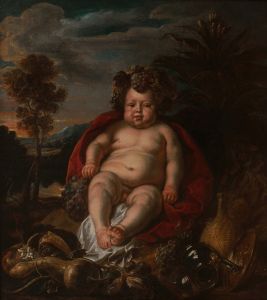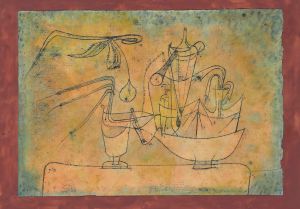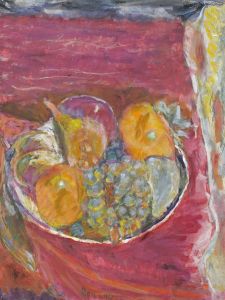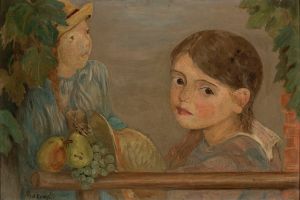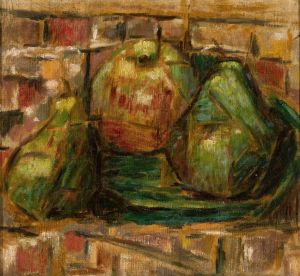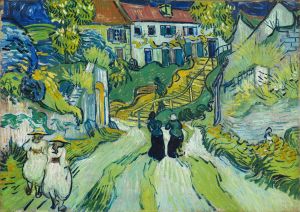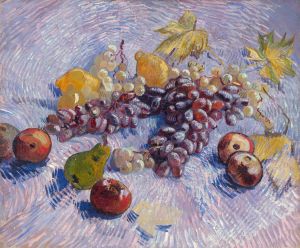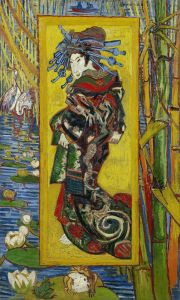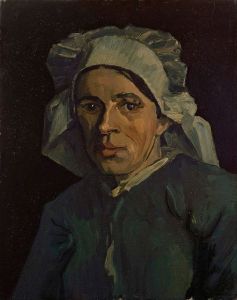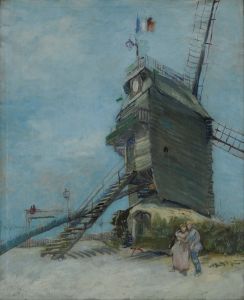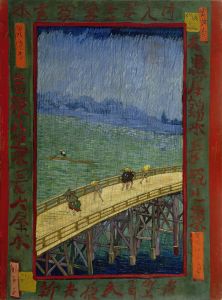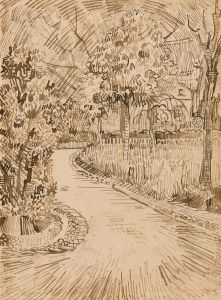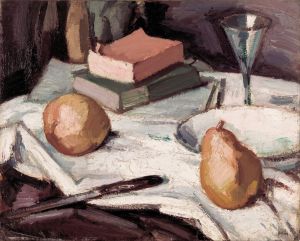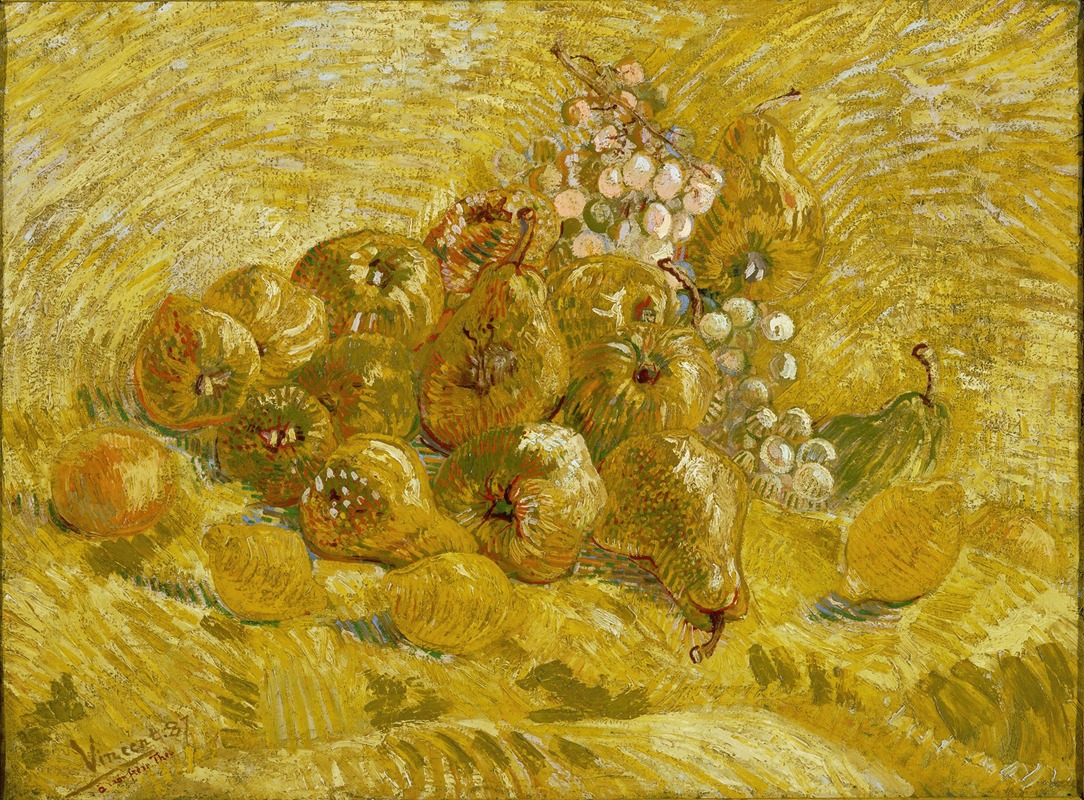
Quinces, lemons, pears and grapes
A hand-painted replica of Vincent van Gogh’s masterpiece Quinces, lemons, pears and grapes, meticulously crafted by professional artists to capture the true essence of the original. Each piece is created with museum-quality canvas and rare mineral pigments, carefully painted by experienced artists with delicate brushstrokes and rich, layered colors to perfectly recreate the texture of the original artwork. Unlike machine-printed reproductions, this hand-painted version brings the painting to life, infused with the artist’s emotions and skill in every stroke. Whether for personal collection or home decoration, it instantly elevates the artistic atmosphere of any space.
Quinces, Lemons, Pears and Grapes is a still-life painting created by the Dutch Post-Impressionist artist Vincent van Gogh in 1887. The artwork was produced during a pivotal period in Van Gogh's career when he was living in Paris and experimenting with new techniques and styles influenced by the Impressionists and Neo-Impressionists.
The painting depicts an arrangement of quinces, lemons, pears, and grapes placed on a flat surface. Van Gogh's use of vibrant colors and dynamic brushstrokes reflects his evolving artistic approach during his Paris years. The composition is characterized by its rich textures and the interplay of light and shadow, which bring a sense of vitality to the depicted fruits. The artist's choice of subject matter—a simple still life—allowed him to focus on exploring color relationships and the expressive potential of paint.
During his time in Paris from 1886 to 1888, Van Gogh was exposed to the works of contemporary artists such as Claude Monet, Camille Pissarro, and Georges Seurat. This exposure significantly influenced his palette, leading him to adopt brighter and more varied colors compared to the darker tones of his earlier works. Quinces, Lemons, Pears and Grapes exemplifies this shift, showcasing a more luminous and vibrant style.
The painting is also notable for its loose and energetic brushwork, a hallmark of Van Gogh's mature style. The thick application of paint, known as impasto, adds a tactile quality to the surface of the canvas, enhancing the sense of depth and texture. This technique became a defining feature of Van Gogh's work and contributed to his unique artistic voice.
While the exact circumstances of the painting's creation are not well-documented, it is part of a series of still-life works Van Gogh produced during his Paris period. These works were likely intended as studies to refine his technique and explore the use of color and form. Still-life painting provided Van Gogh with an opportunity to experiment and develop his skills without the constraints of working with live models or outdoor scenes.
Today, Quinces, Lemons, Pears and Grapes is housed in the Van Gogh Museum in Amsterdam, the Netherlands. The museum holds one of the largest collections of Van Gogh's works and serves as a major center for the study and appreciation of his art. This painting remains an important example of Van Gogh's transition from his early, more somber works to the vibrant and expressive style that would define his later masterpieces.





